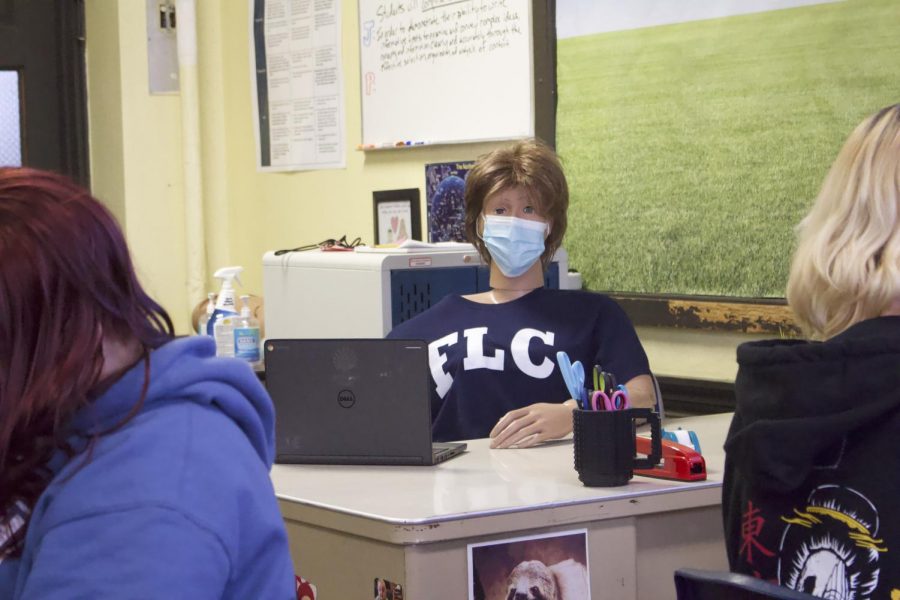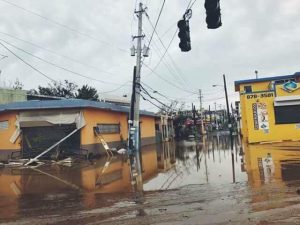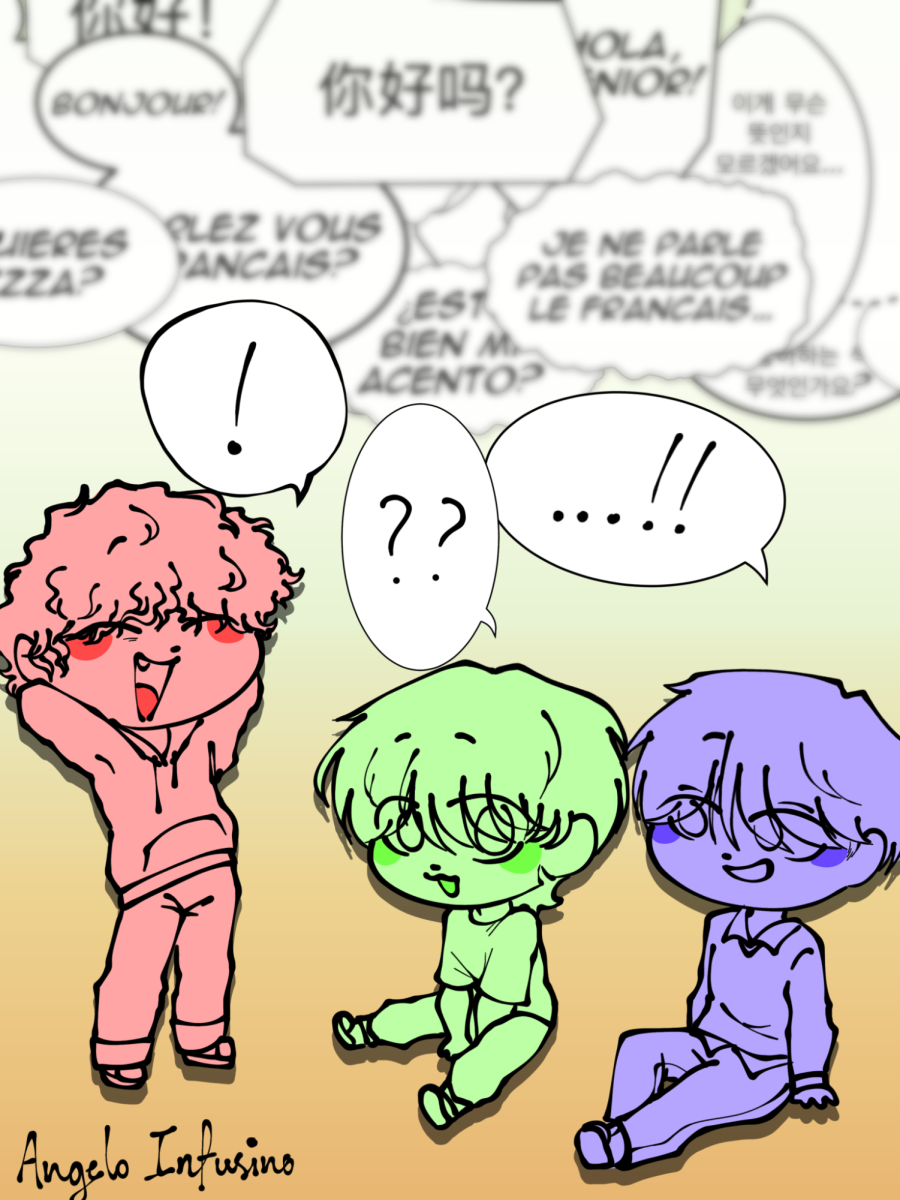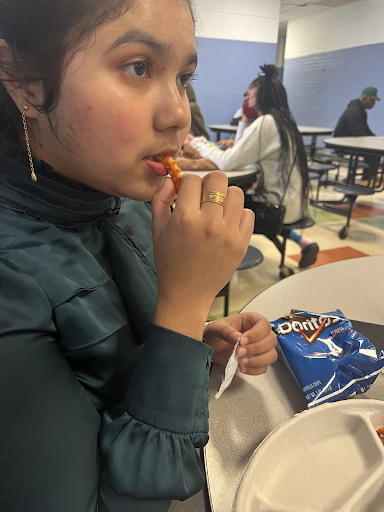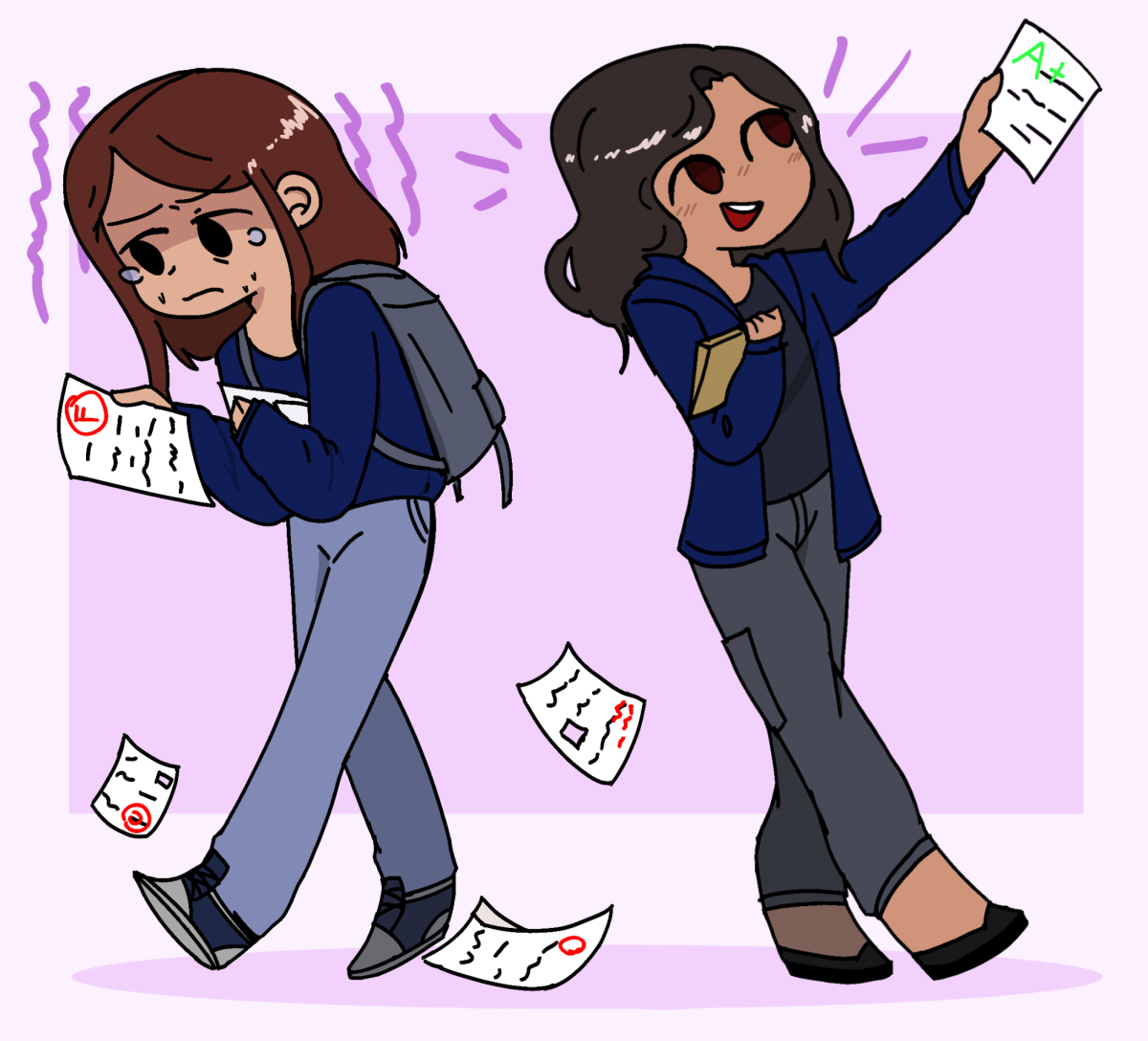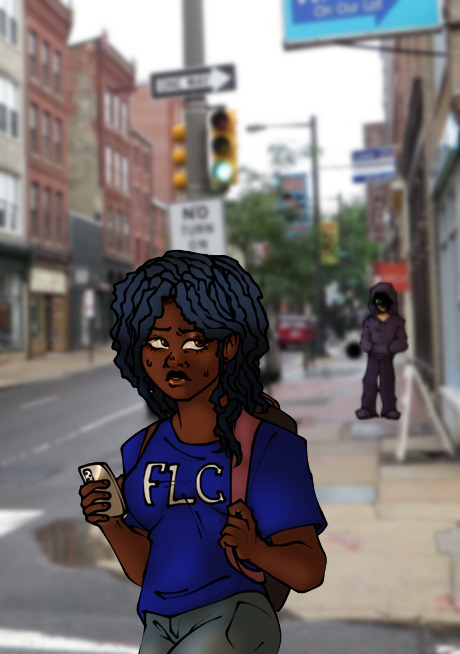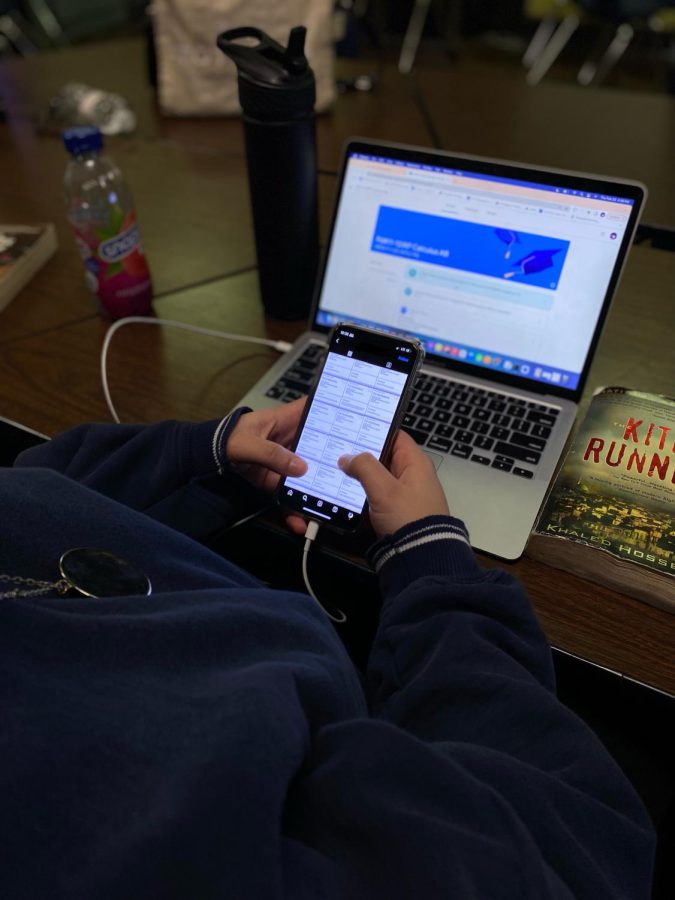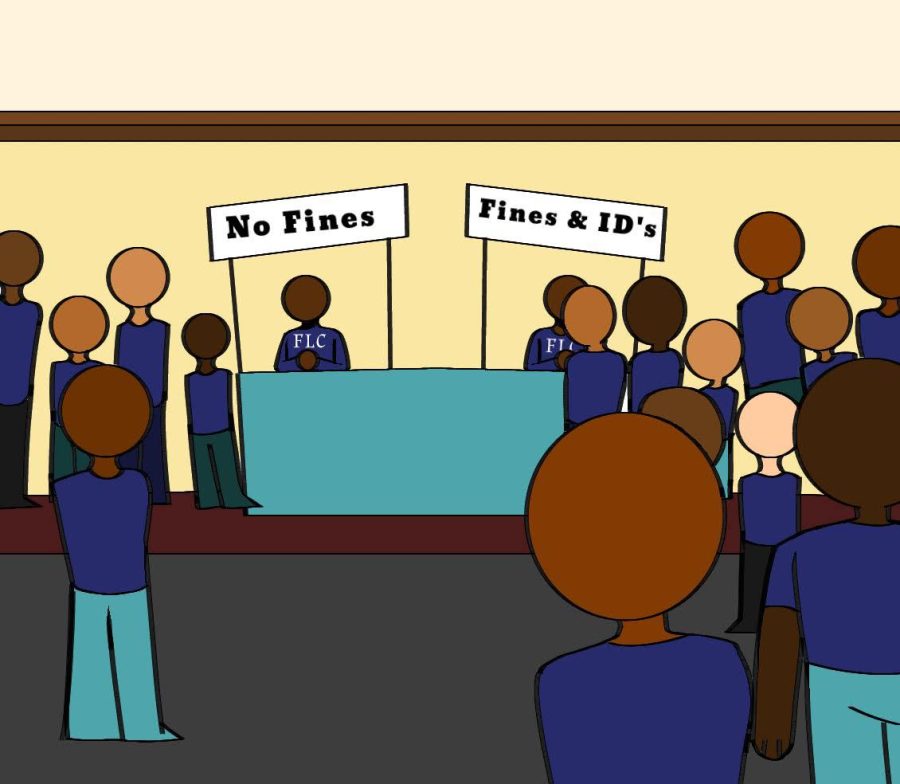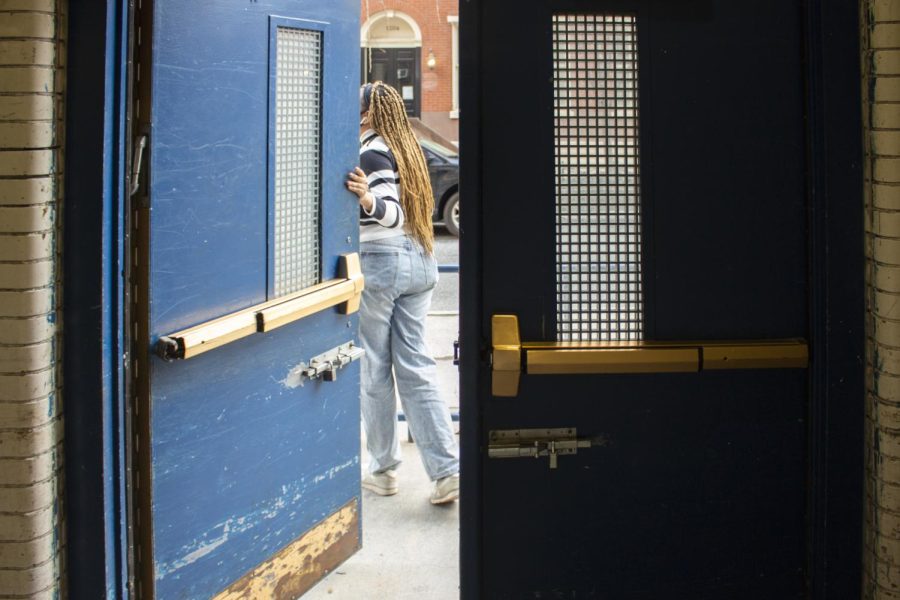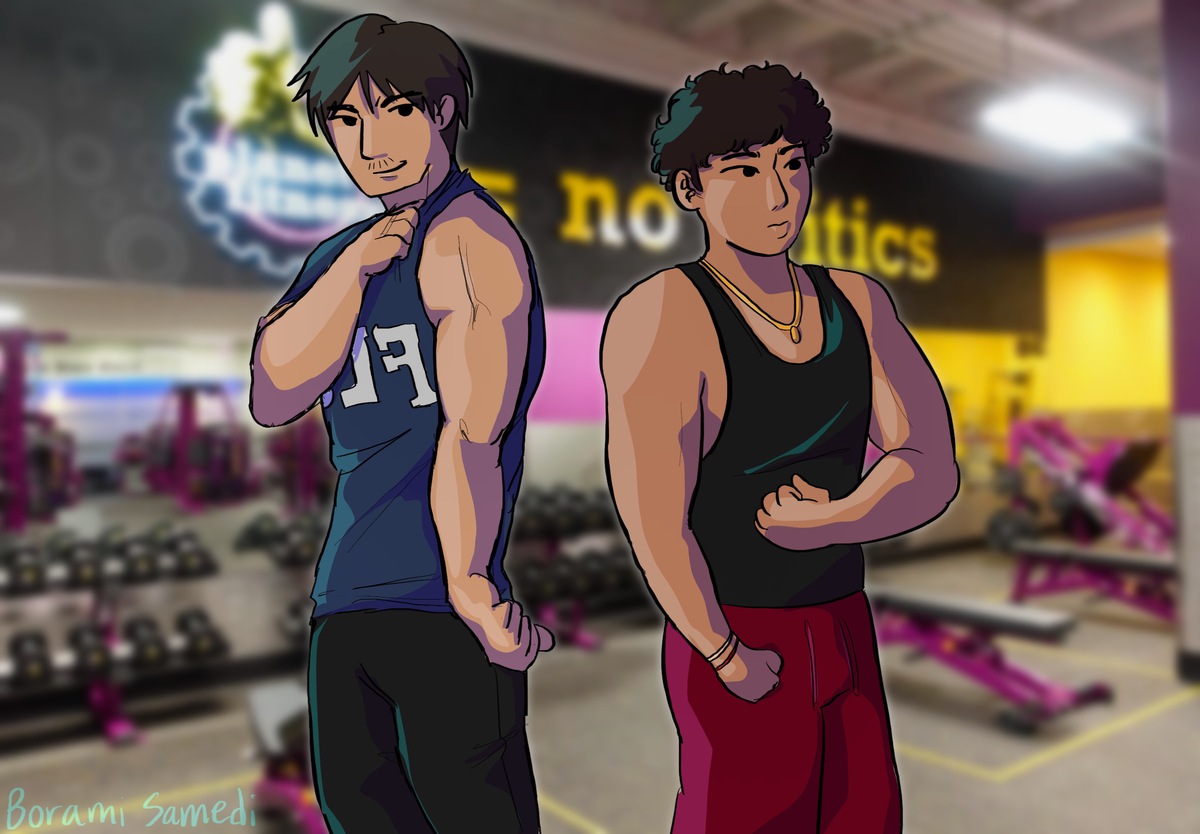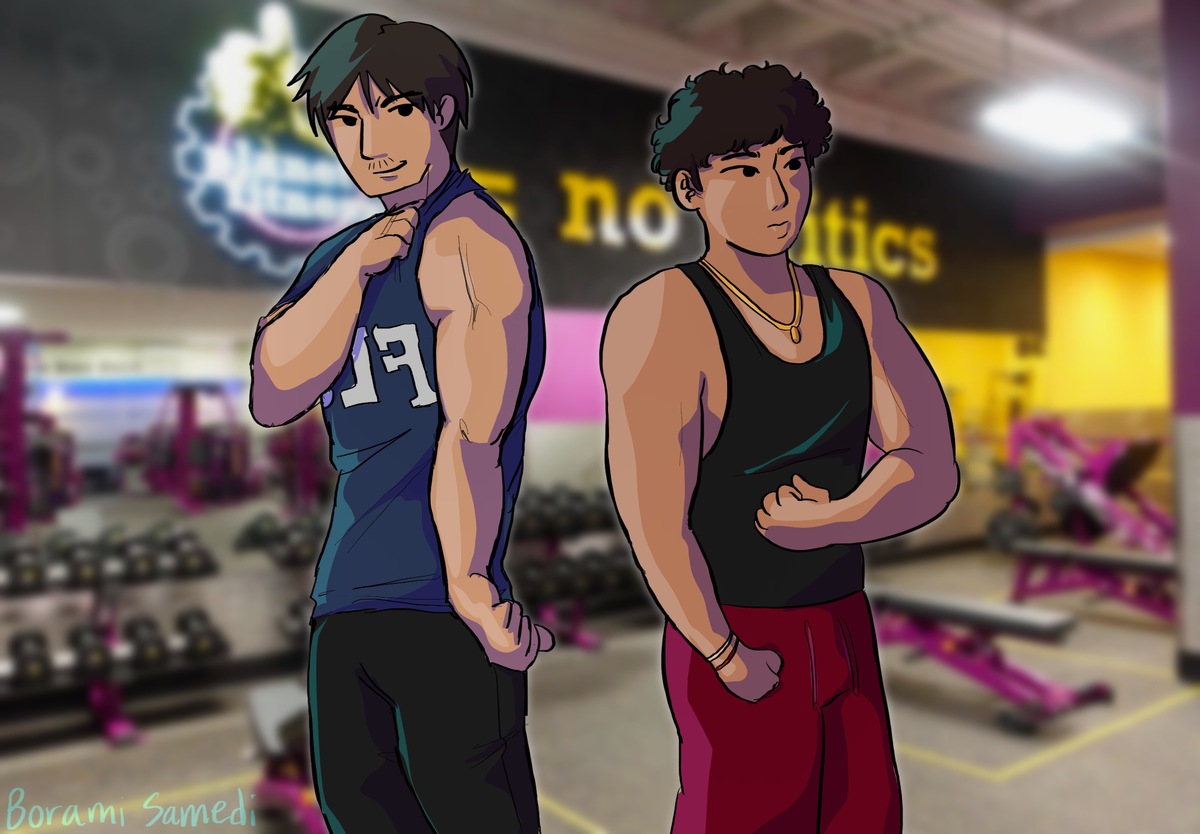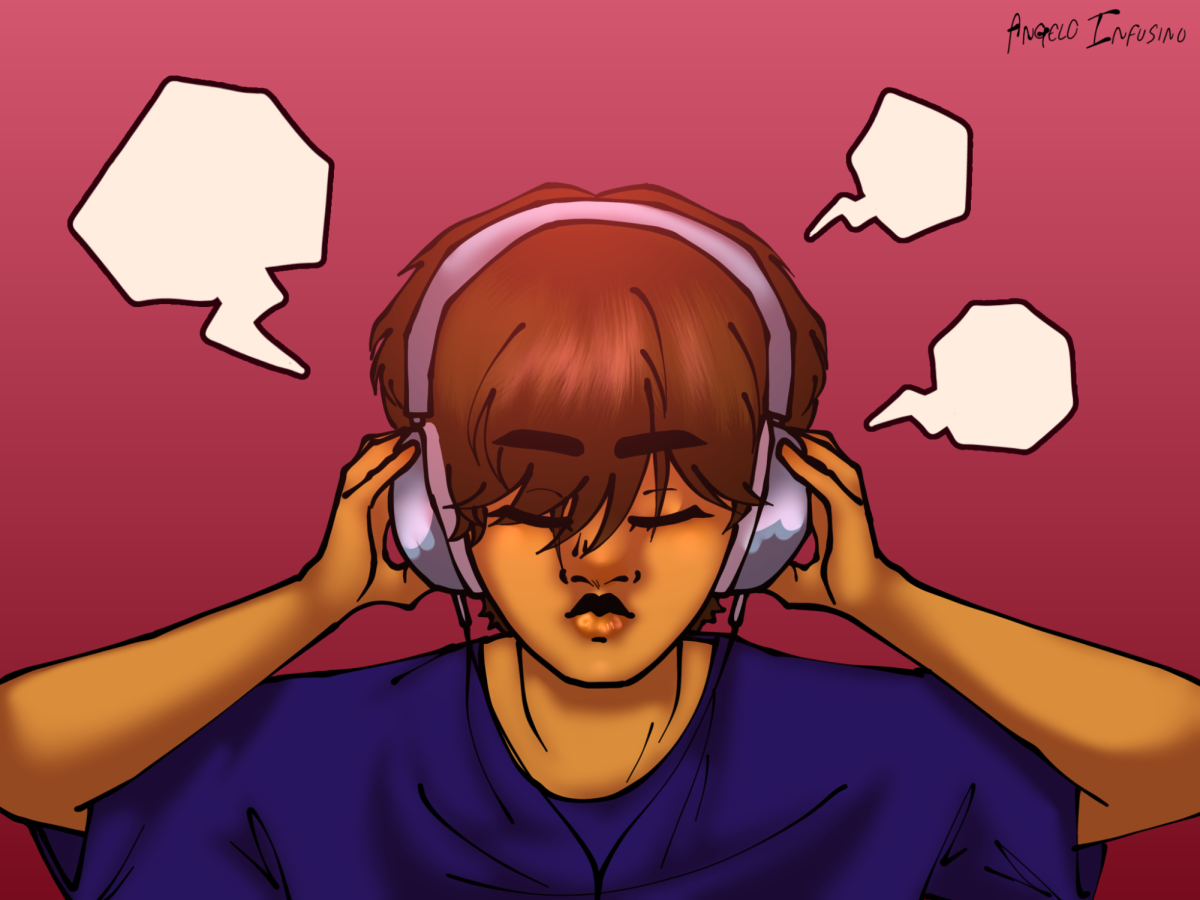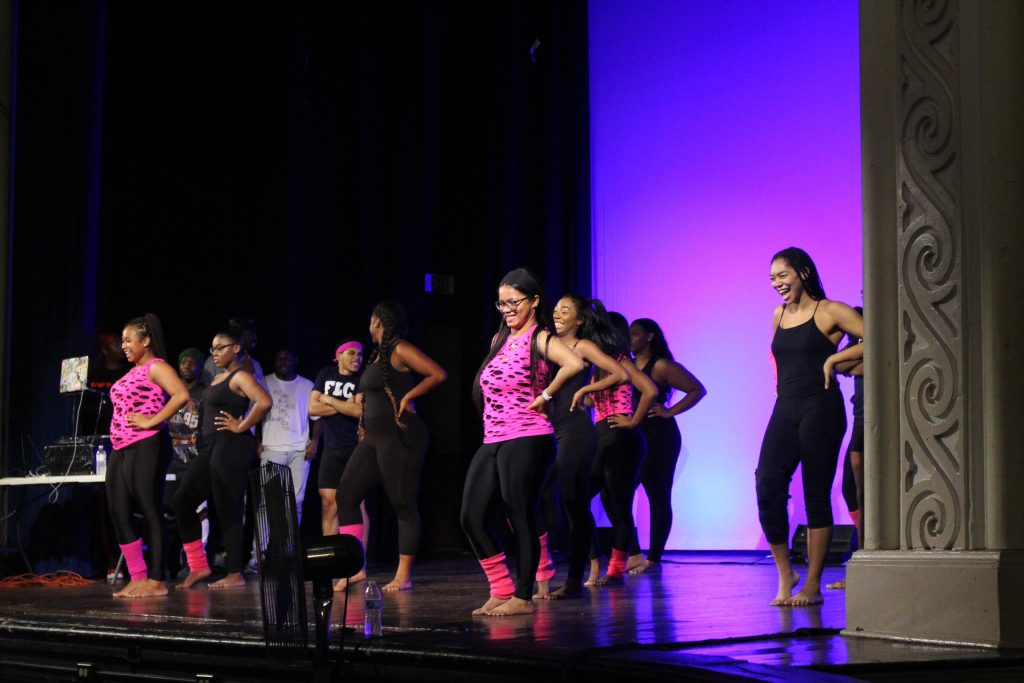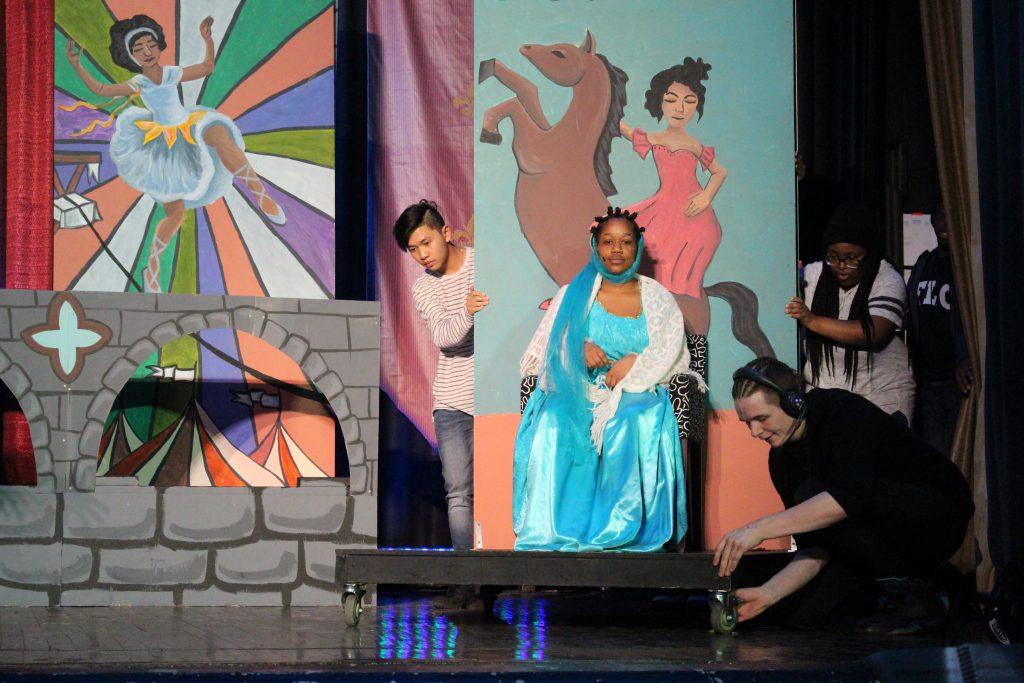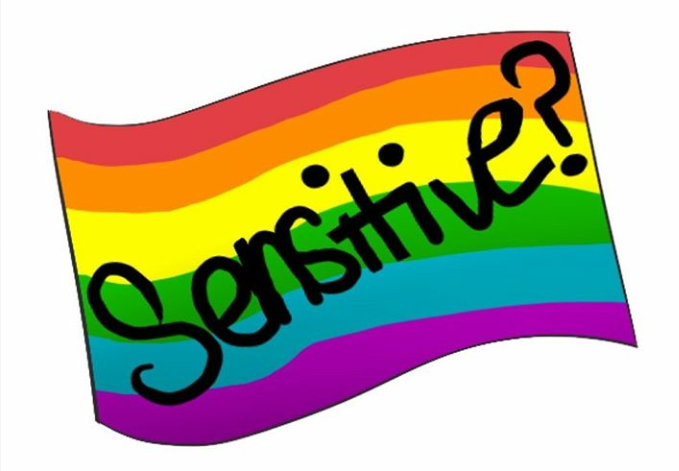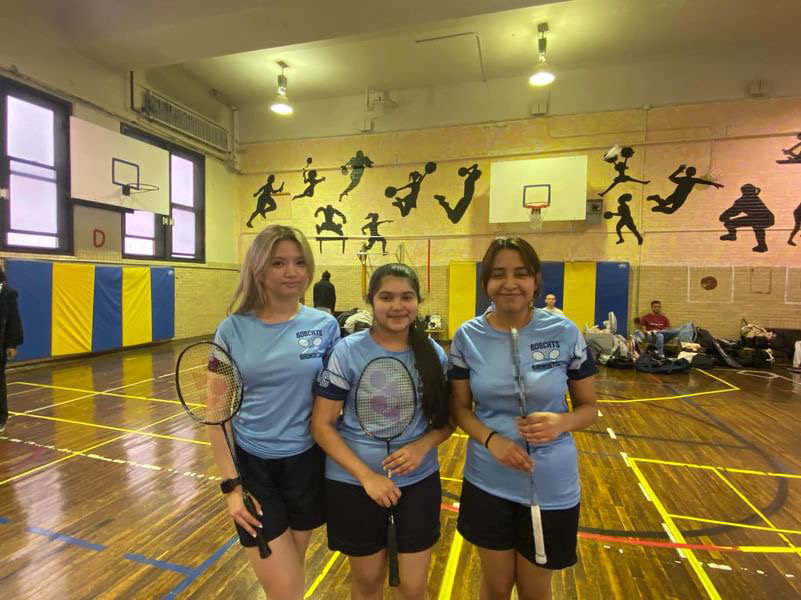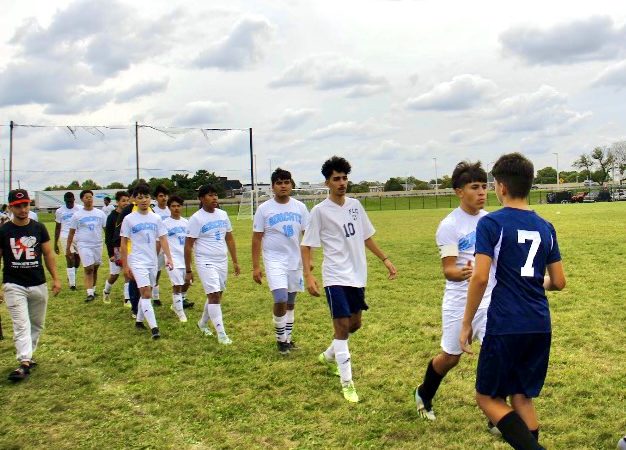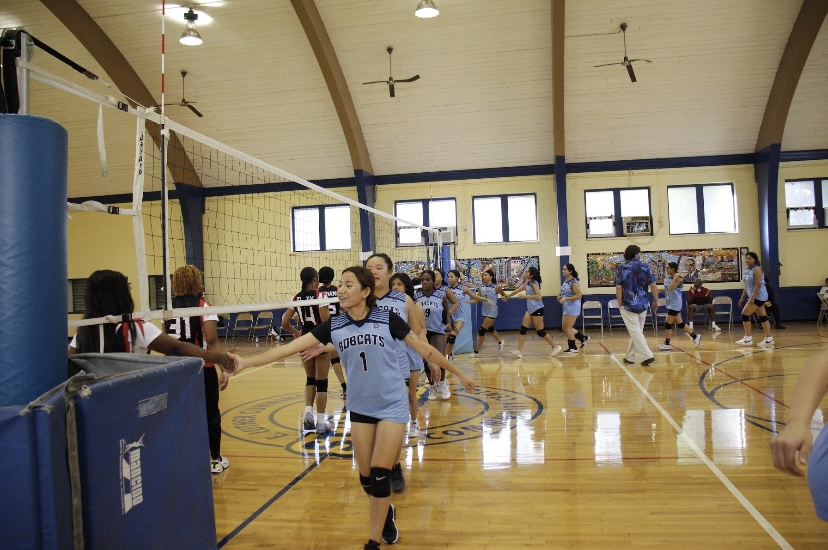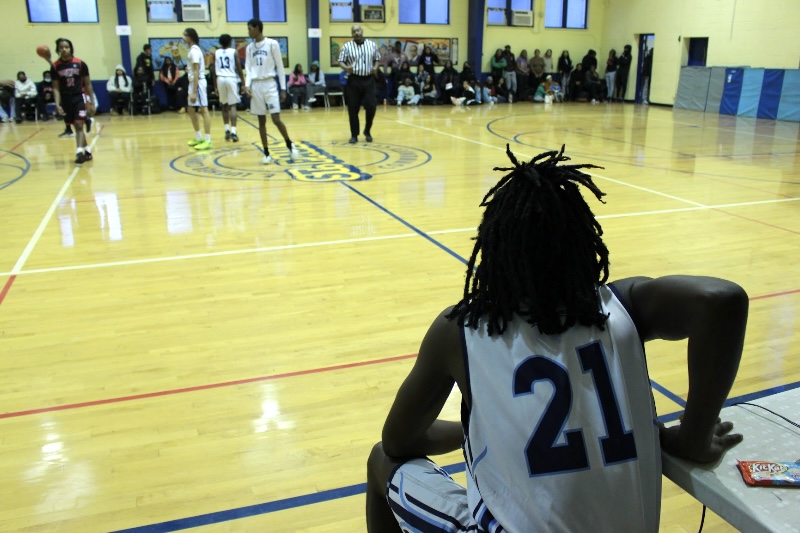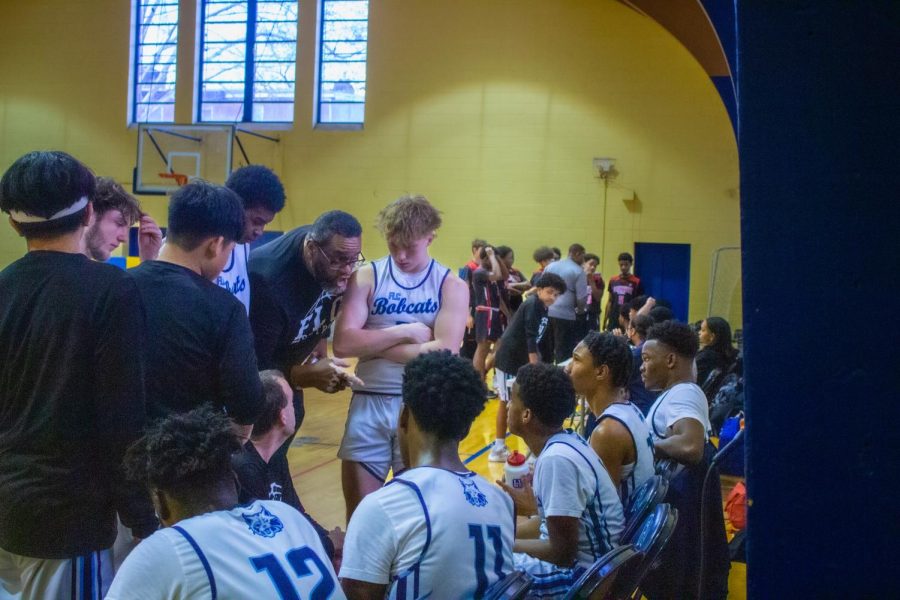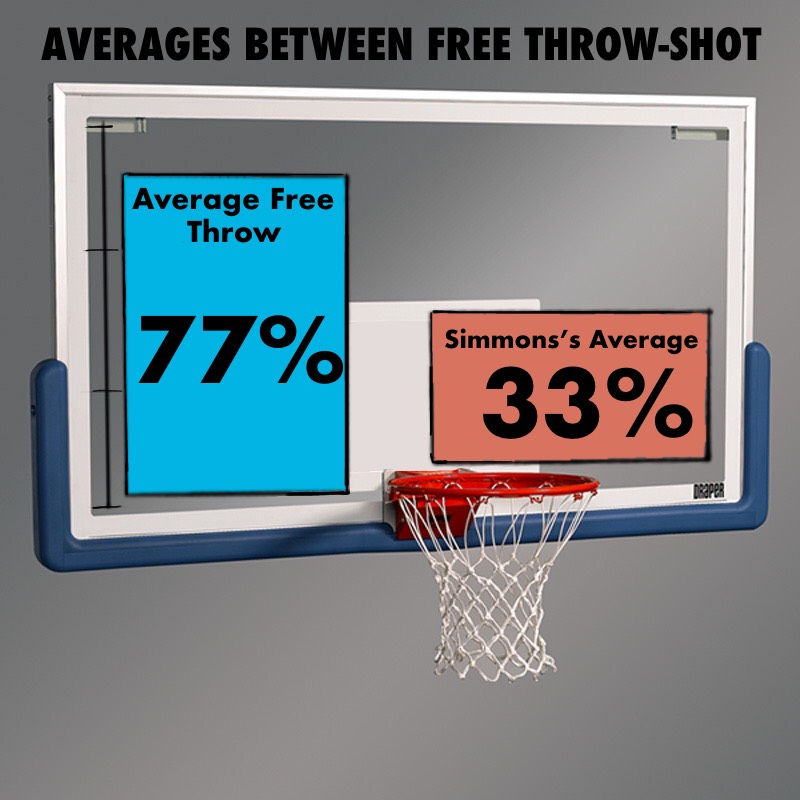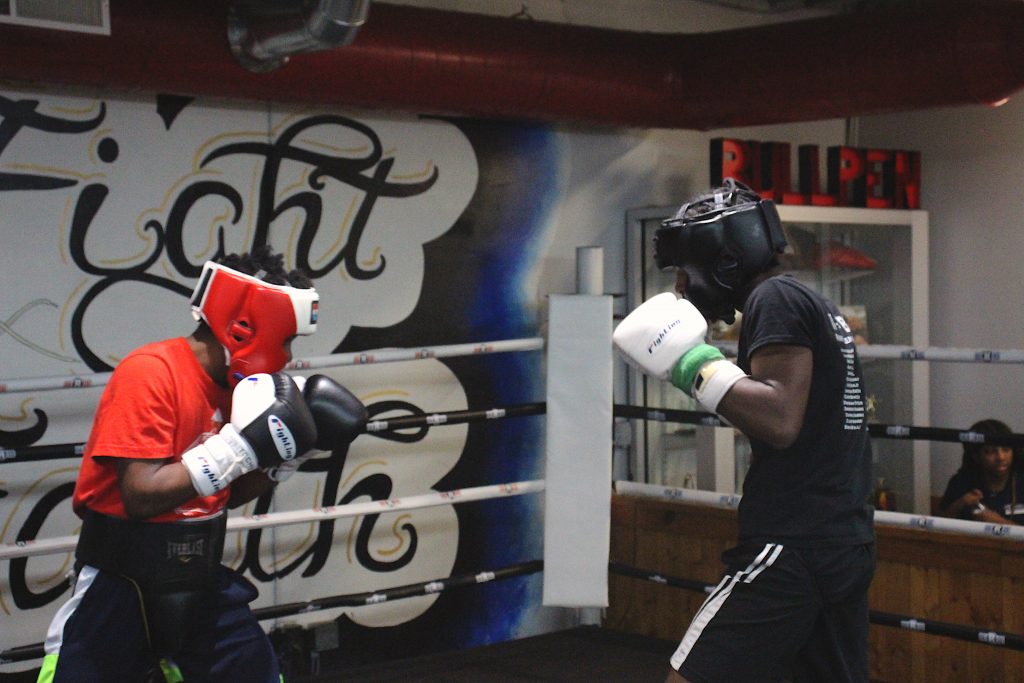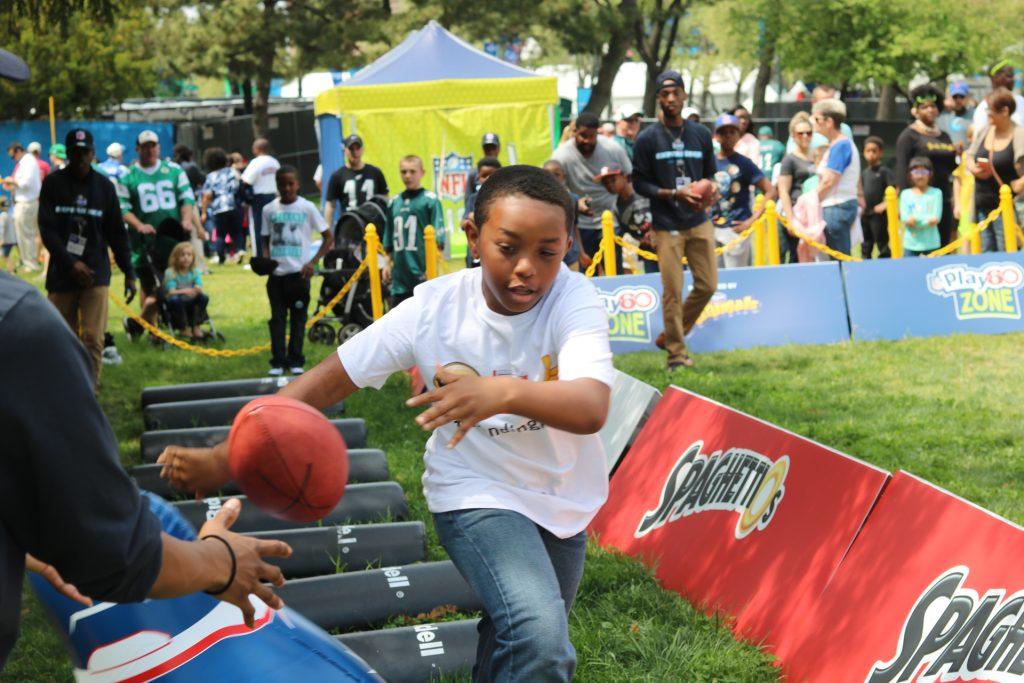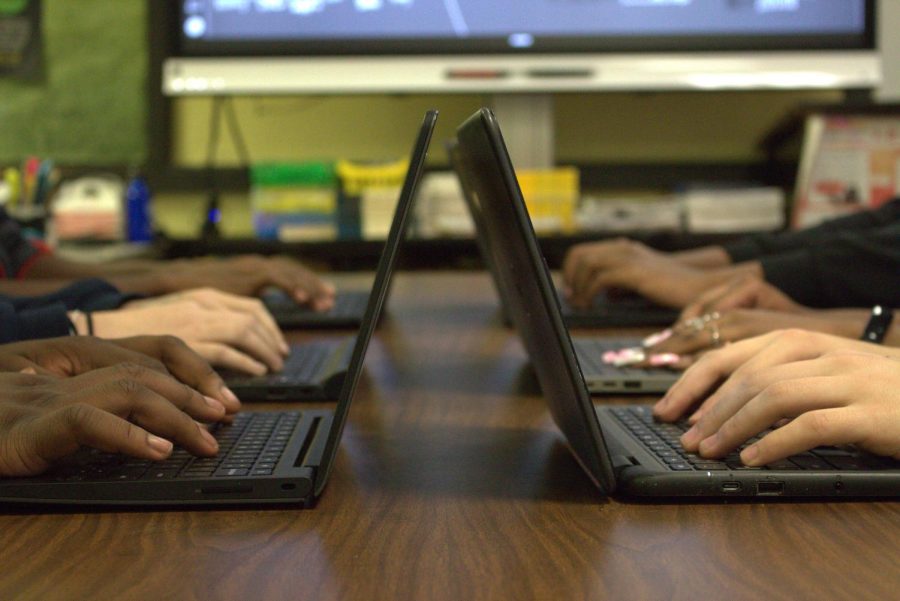Virtual School In Disguise
Staff Photographer Zaynab Hajali
The School District of Philadelphia.
March 29, 2022
As missing assignments once again start piling up and students cry out in frustration, we’re left to wonder what went wrong.
Over the years, our school system and curriculum have changed and adapted to our new generations and ways of living. This has been especially clear to see as the COVID pandemic broke out. As of the 2020-2021 school year, the whole district was shifted to remote learning. Students were essentially responsible for managing their academic learning on top of the hard times of the pandemic. As the new school year of 2021-2022 approached, students were granted the reward of in-person learning once again. This gave students a chance at maintaining regularity in their lives despite the pandemic. It was a chance at normality.
But as of recently, it appears that nothing has changed. The norms of virtual school and in-person school seem to have blurred together. Now, most classrooms have entirely shifted to technology as a way of teaching and learning.
Assignments are easily accessible from resources such as Google Classroom. Often, the assignments have clear instructions written in the description, making it easy to understand what the teacher wants without them physically telling the students.
With so many virtual assignments, it seems that students can get all of their work done at home without a teacher’s live instructions or help. As a result, in the classroom, students are becoming less engaged and active. They are constantly distracted, zoned out, disconnected, and they are starting to realize in-person is entirely pointless.
When asked if in-person school, right now, learning-wise, is the same as it was before the pandemic, student Bayan Hajali said “I feel as though since we got used to virtual, in-person school had gotten more difficult.”
Another student, Connor McFarland, said “While I like the convenience of the laptop, and enjoy not carrying all the books, I feel like teachers overly rely on [electronics]. A lot of teachers are teaching through the laptop instead of teaching to the class, and that, I believe, is affecting students’ grades, and school experience.”
It’s not only students becoming disconnected from society–teachers are too. As teachers start relying on technology, they discount the importance of establishing conversation and relationships with students. Group projects might act as a substitute for establishing this, but it’s the same as virtual: “Hey I’ll do this part, you do this, and we’ll never speak again.”
Even as teachers shift to electronic teaching, relationships aren’t the only thing being damaged, so is a student’s education. Electronic teaching mostly benefits an intrapersonal or solitary learner, someone who prefers learning on their own. Though, electronic learning can be a disadvantage for linguistic/verbal, spatial/visual, and aural/auditory learners. Electronic learning simply doesn’t cater to all types of learners. Take, for example, the students regularly falling asleep in class due to the resources being used that don’t pique their interest.
The list of problems of electronic learning isn’t short, in fact, it seems that it’s very problematic. Constantly being on computers as a result of electronic learning affects physical health, lessens social interactions, and changes academic performance, causing students to have trouble completing assignments, fall behind due to failing grades, and potentially repeat a grade.
There’s also a technical problem to electronic teaching: dead laptops, computer crashes, slow connections, etc.
While there’s a bunch of negatives to electronic teaching, teachers have found some positives. For example, Physics and Math teacher Mohamed Ould Babaali says “Virtual learning increases teachers’ preparation time…”.
Others, like Medical Assisting teacher Erin Flynn-Klepczynski, said that prior years when students or teachers were absent it caused both teachers and students “…trying to play catch up” when instead a lot of time could’ve been used for teaching. Now due to how times are now in school and the incorporation of technology into classrooms, it has “…allow[ed] for students to receive the information at the same time.”
Now there’s a bunch of solutions or alternatives that could take place. However, it is up to us, as a school community, to call for them.
French teacher Amy Garcia suggests that although “some students found online school to be incredibly challenging, others preferred it.”
In order to make sure that students get the best of both worlds, Garcia says we should “ask which aspects of each format are most beneficial and incorporate as many different avenues for learning as possible.”


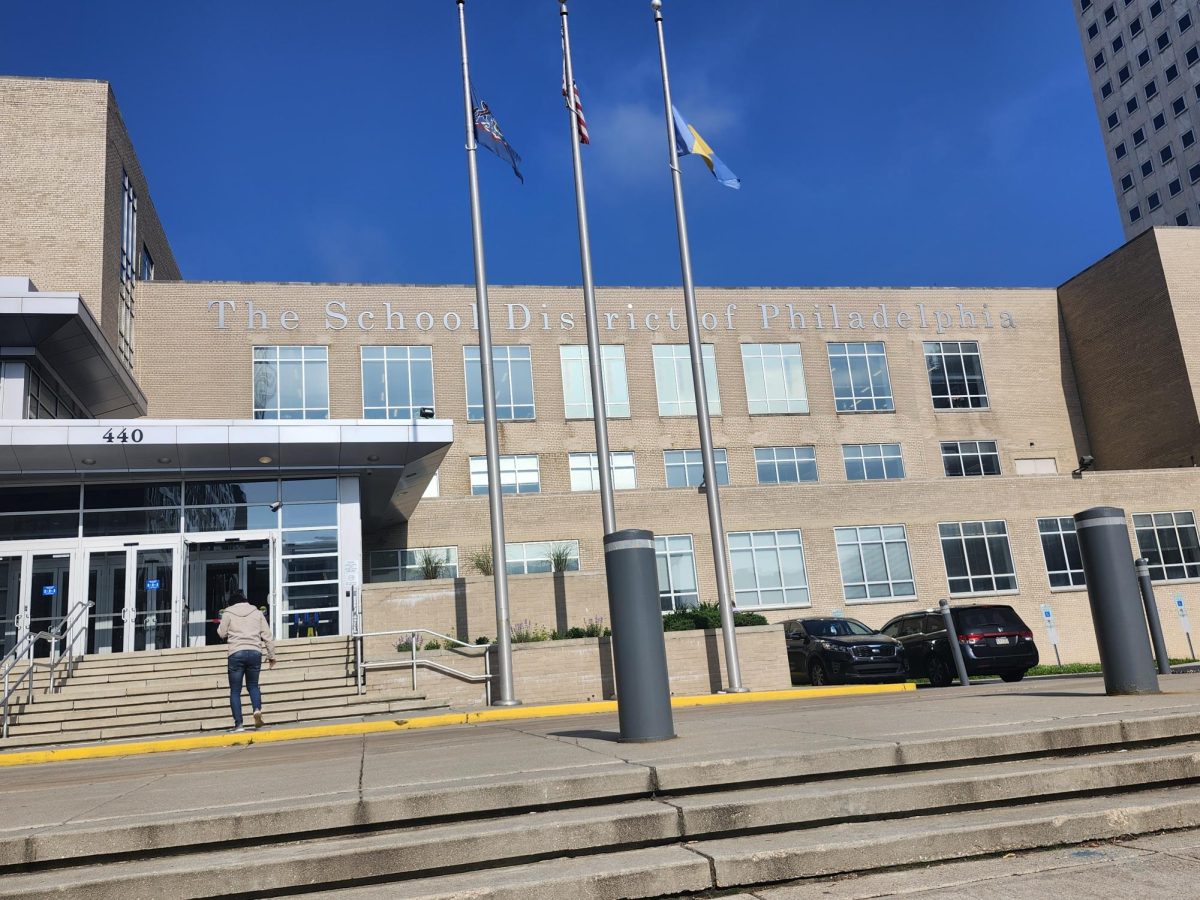
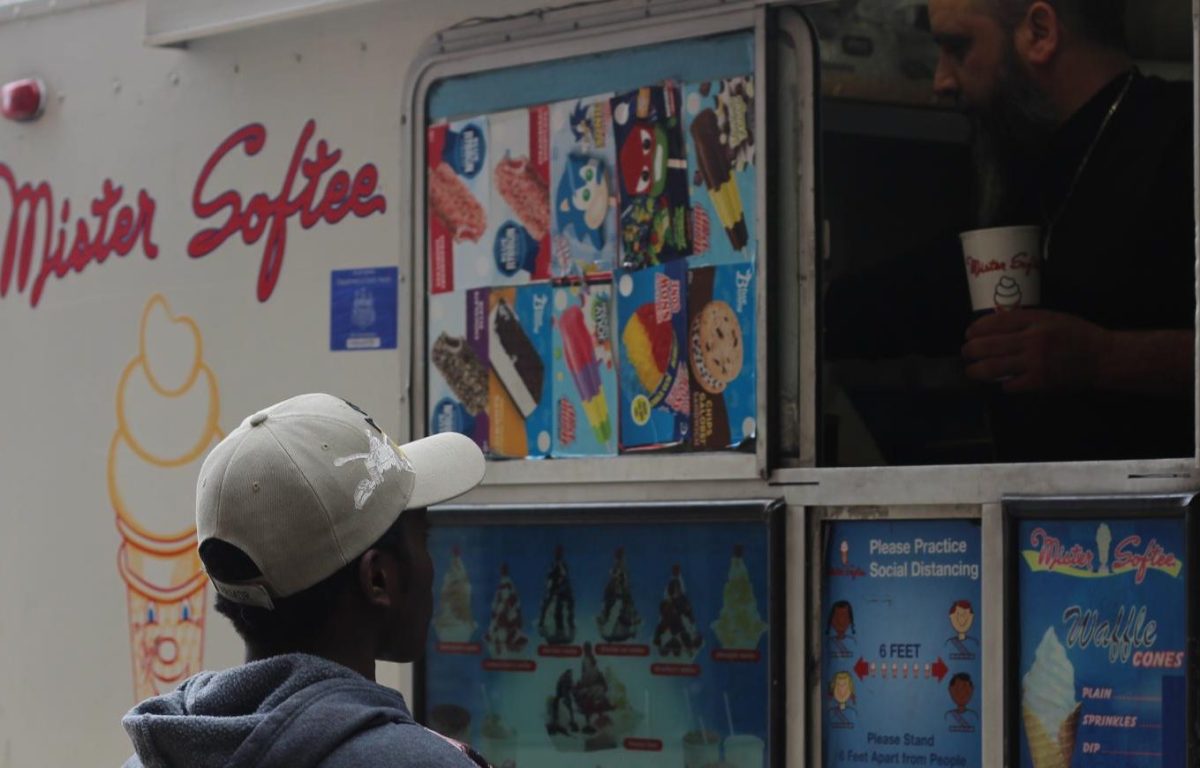


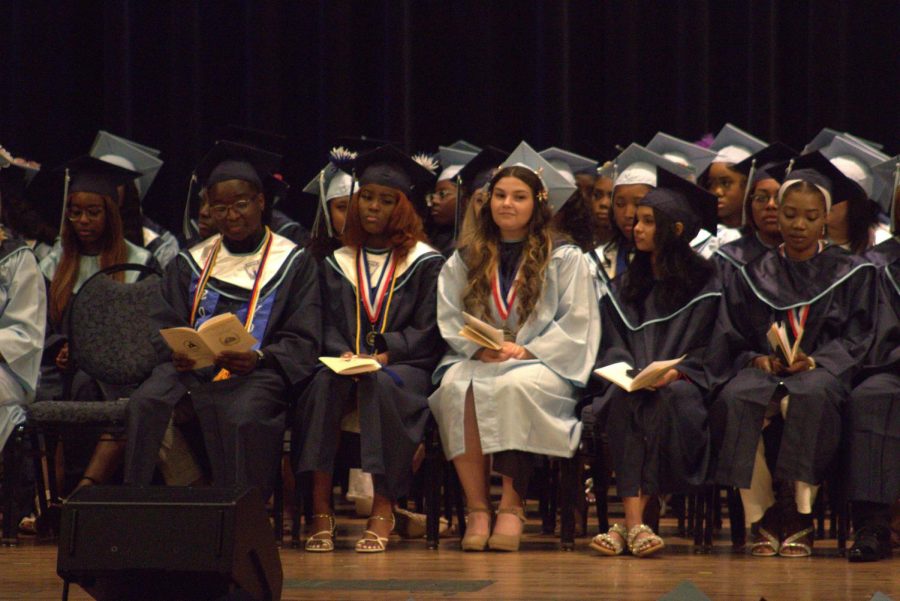
![[VIDEO] FLC 10th grade student awarded $40,000 in a BigFuture Scholarship](https://theflashflc.org/wp-content/uploads/2023/05/Screen-Shot-2023-05-02-at-4.39.10-PM-900x493.png)
![[VIDEO] Mayoral candidates campaign on student issues](https://theflashflc.org/wp-content/uploads/2023/04/IMG_1387-900x506.jpg)


